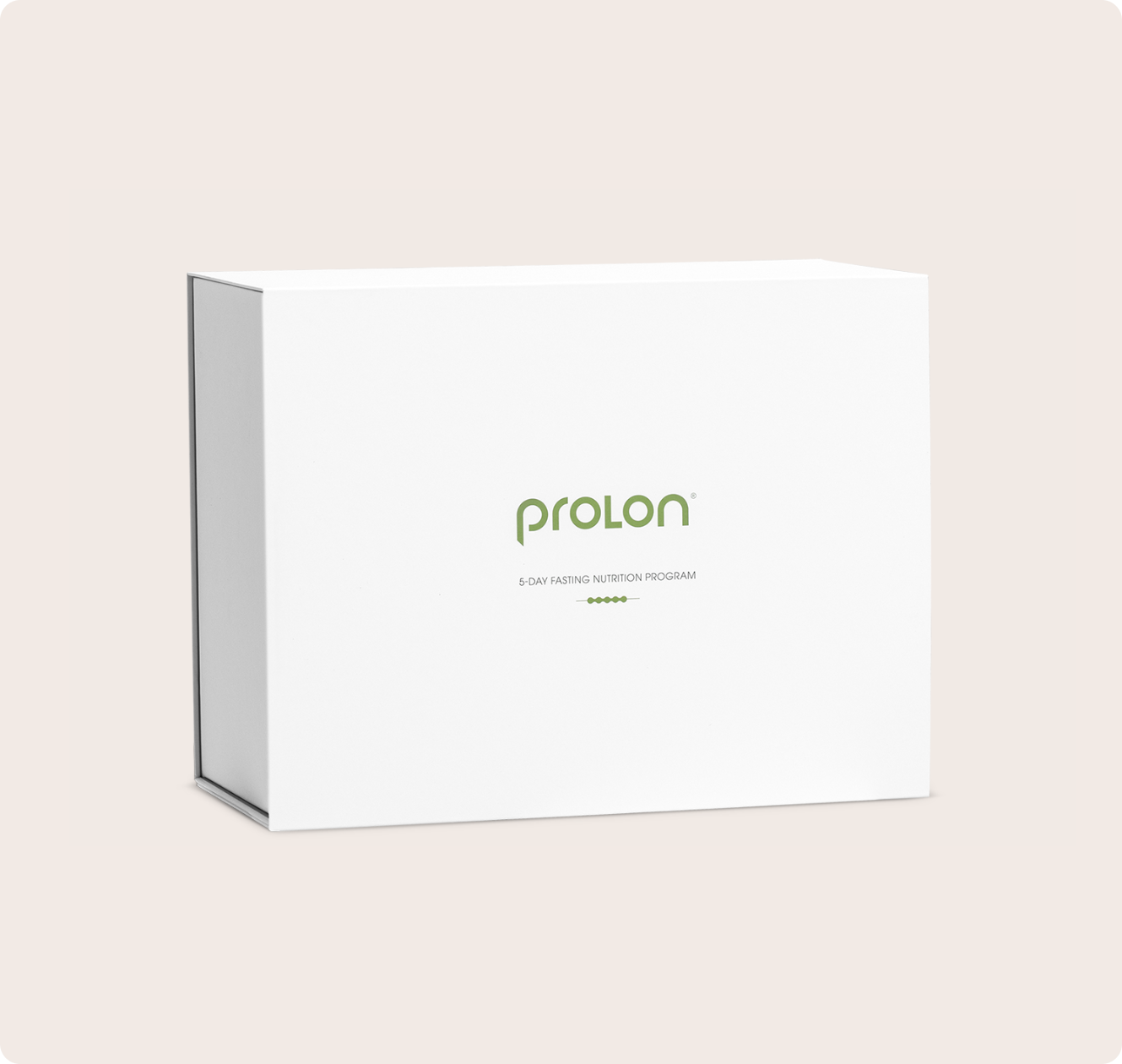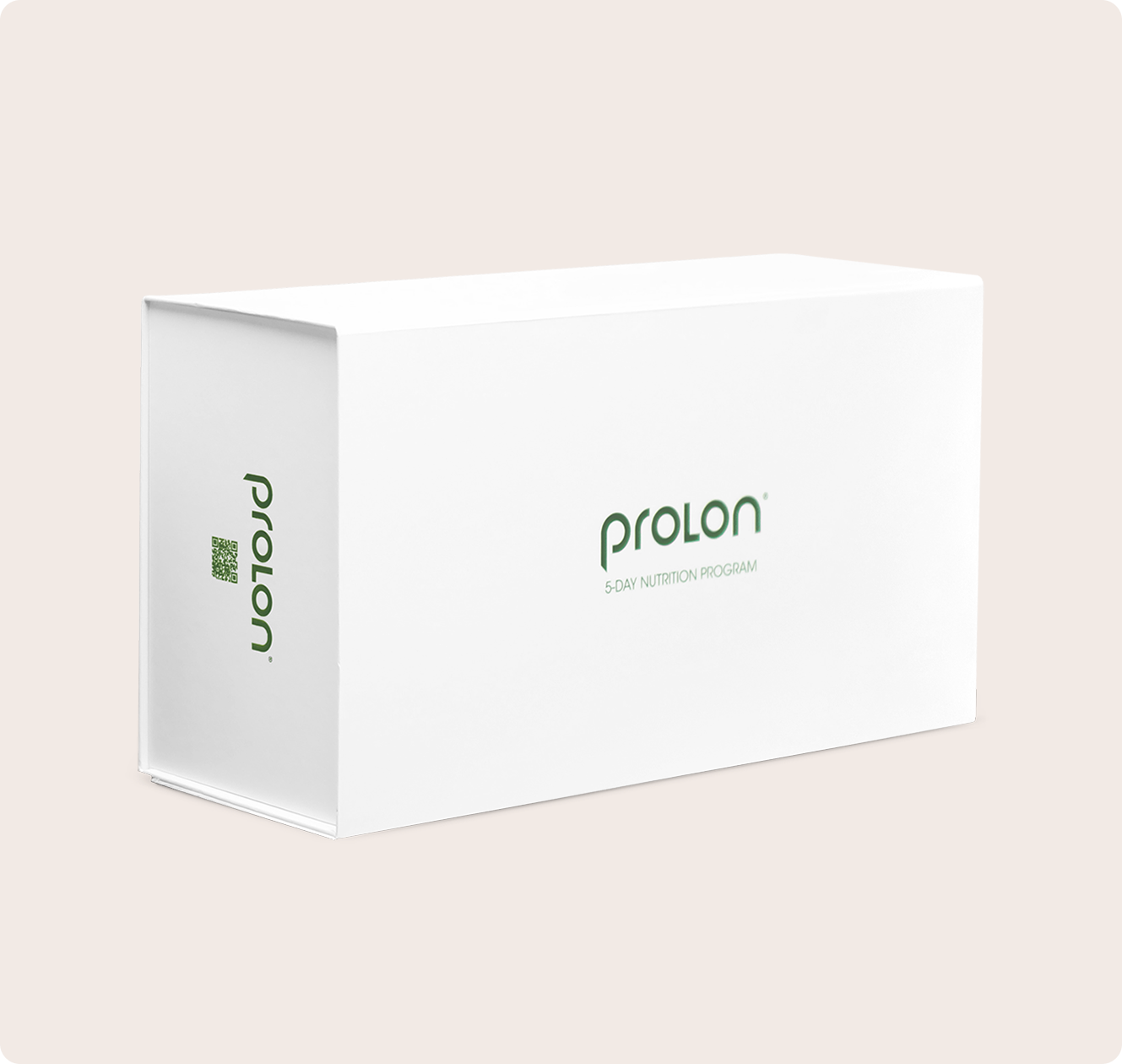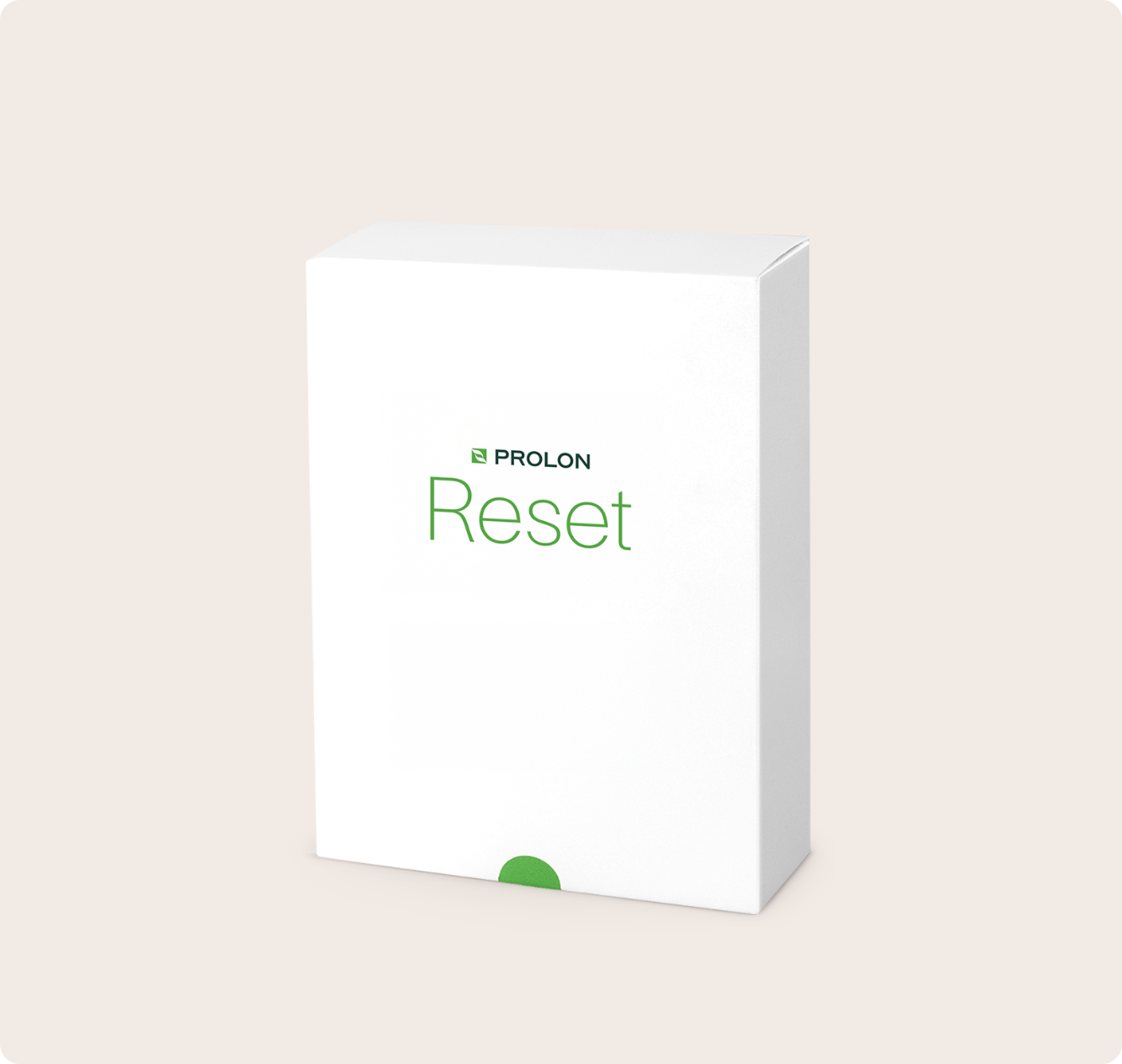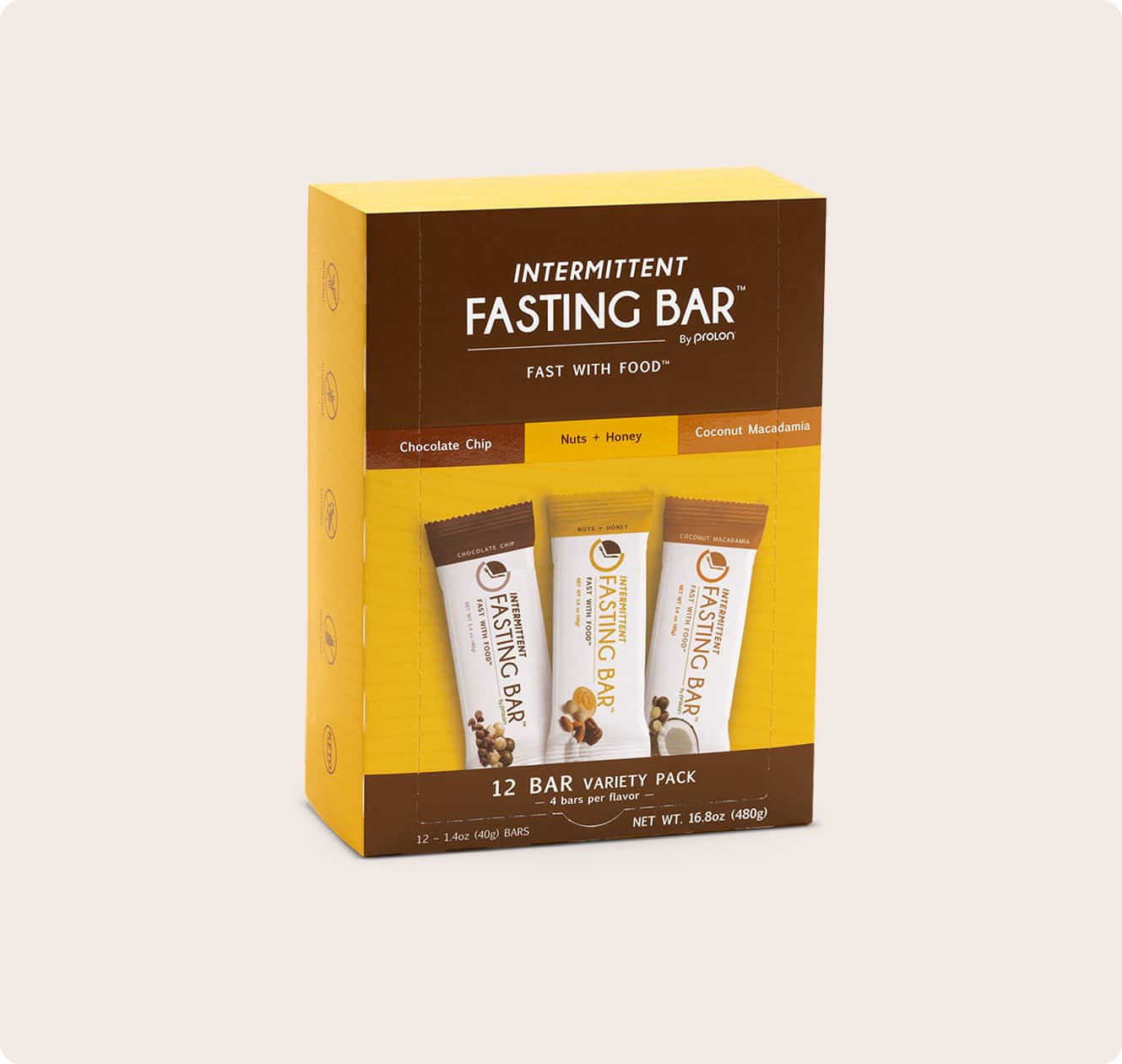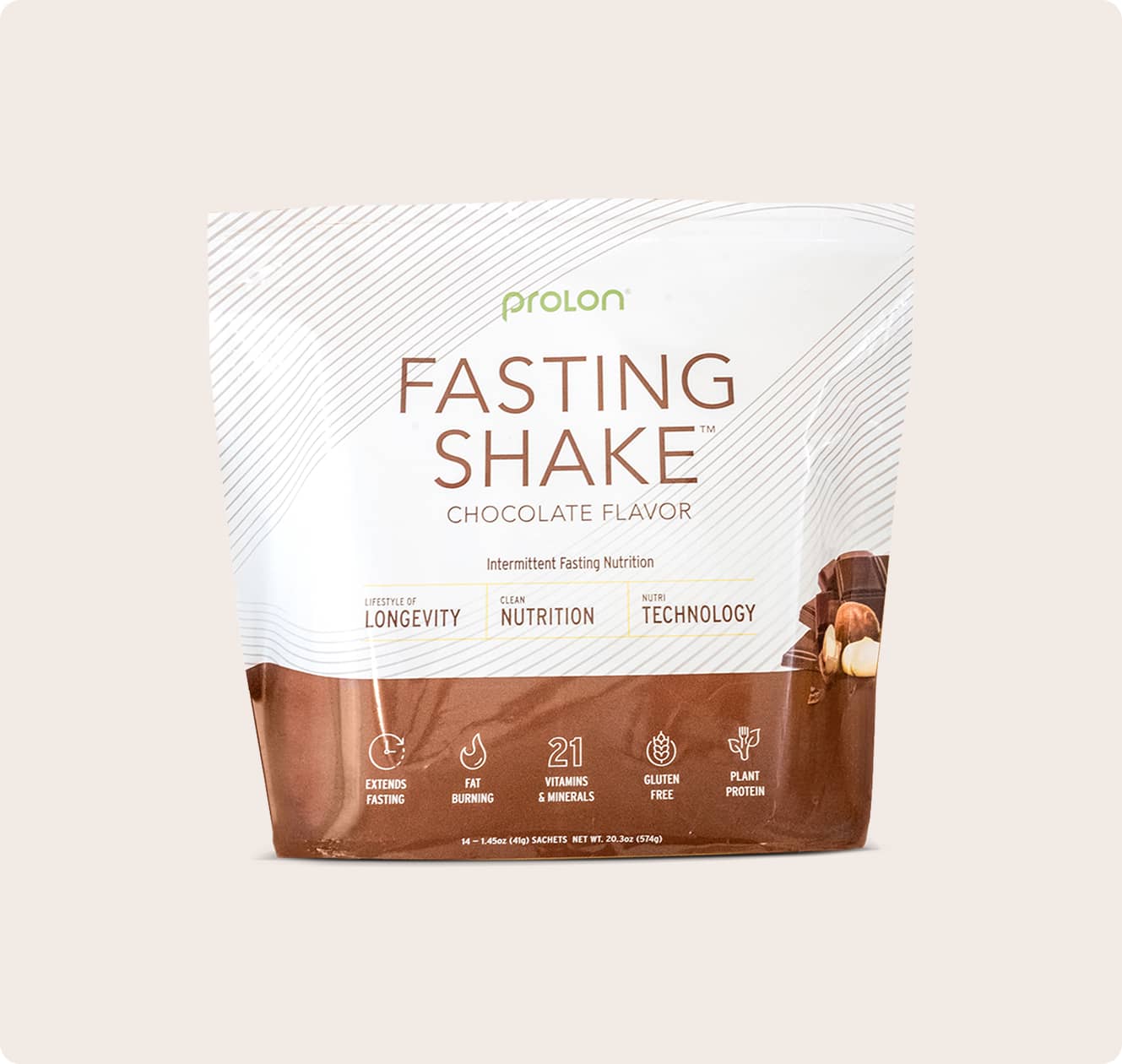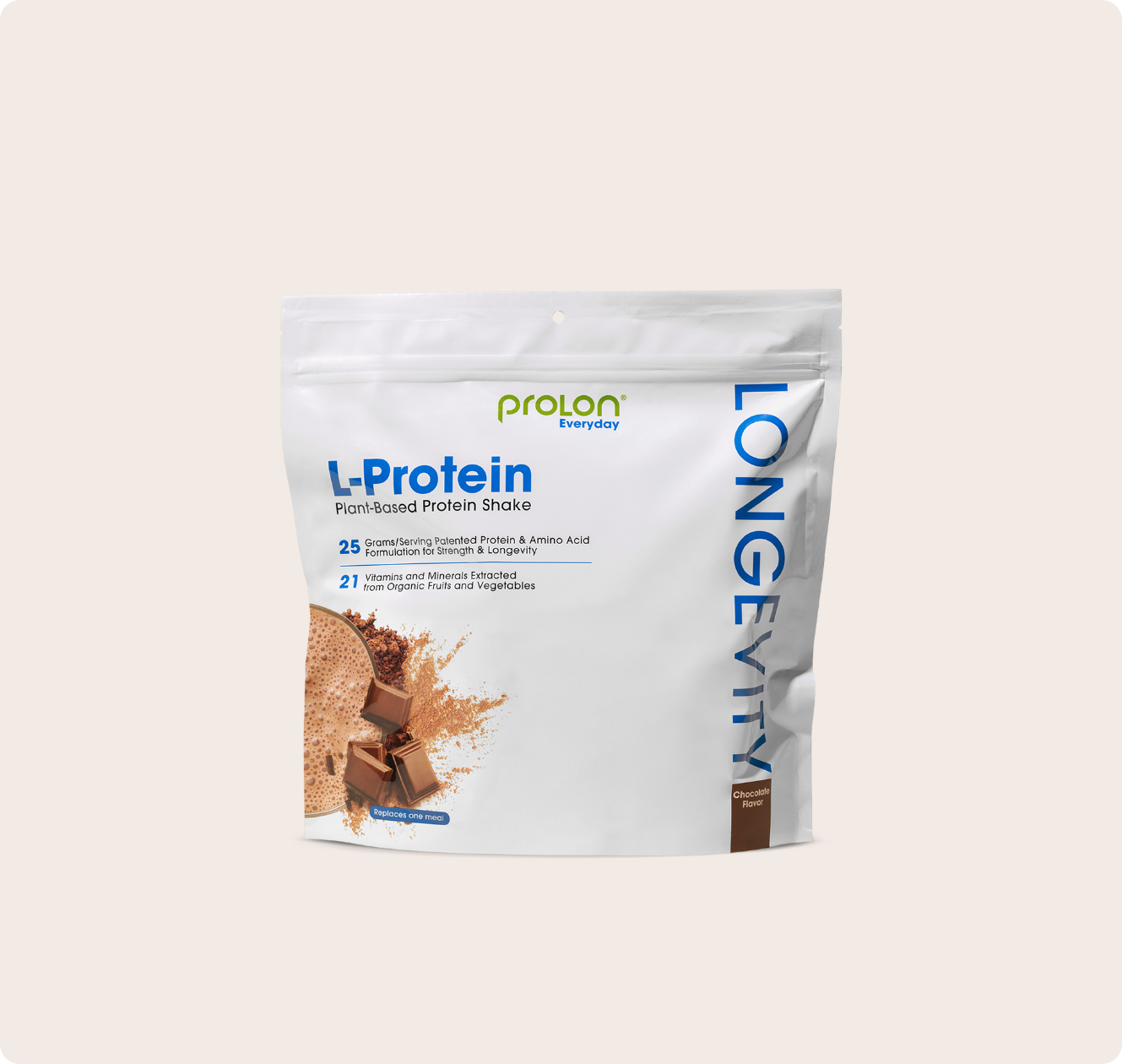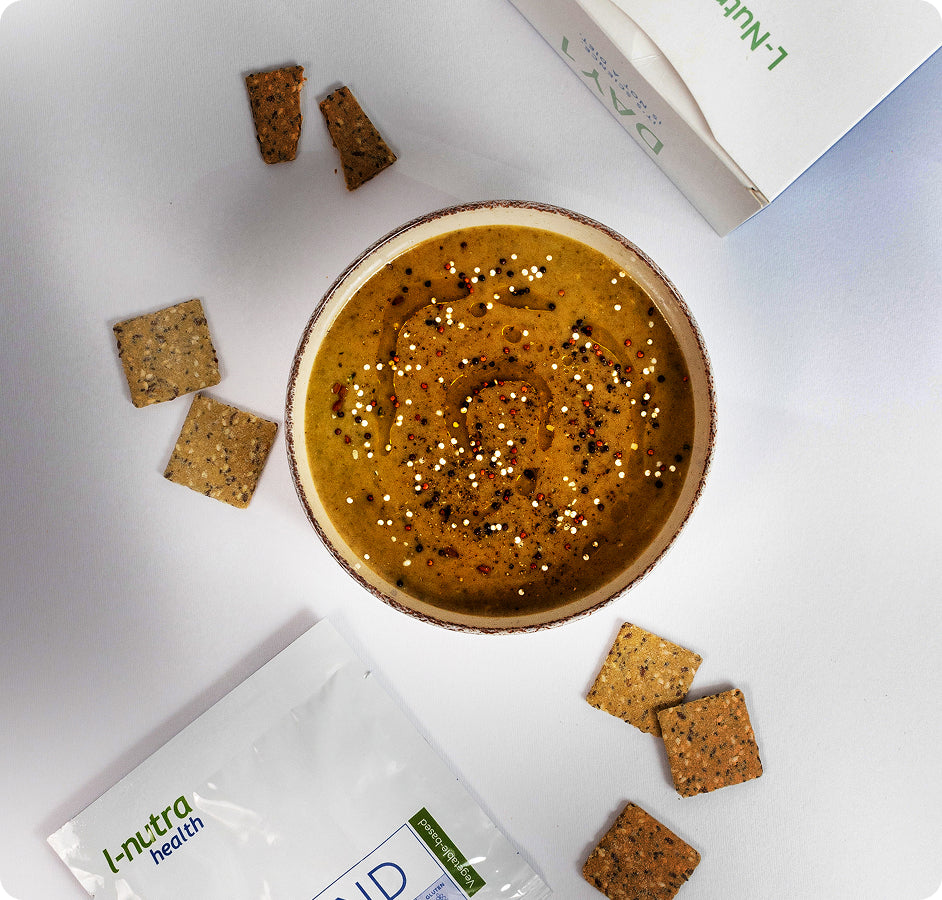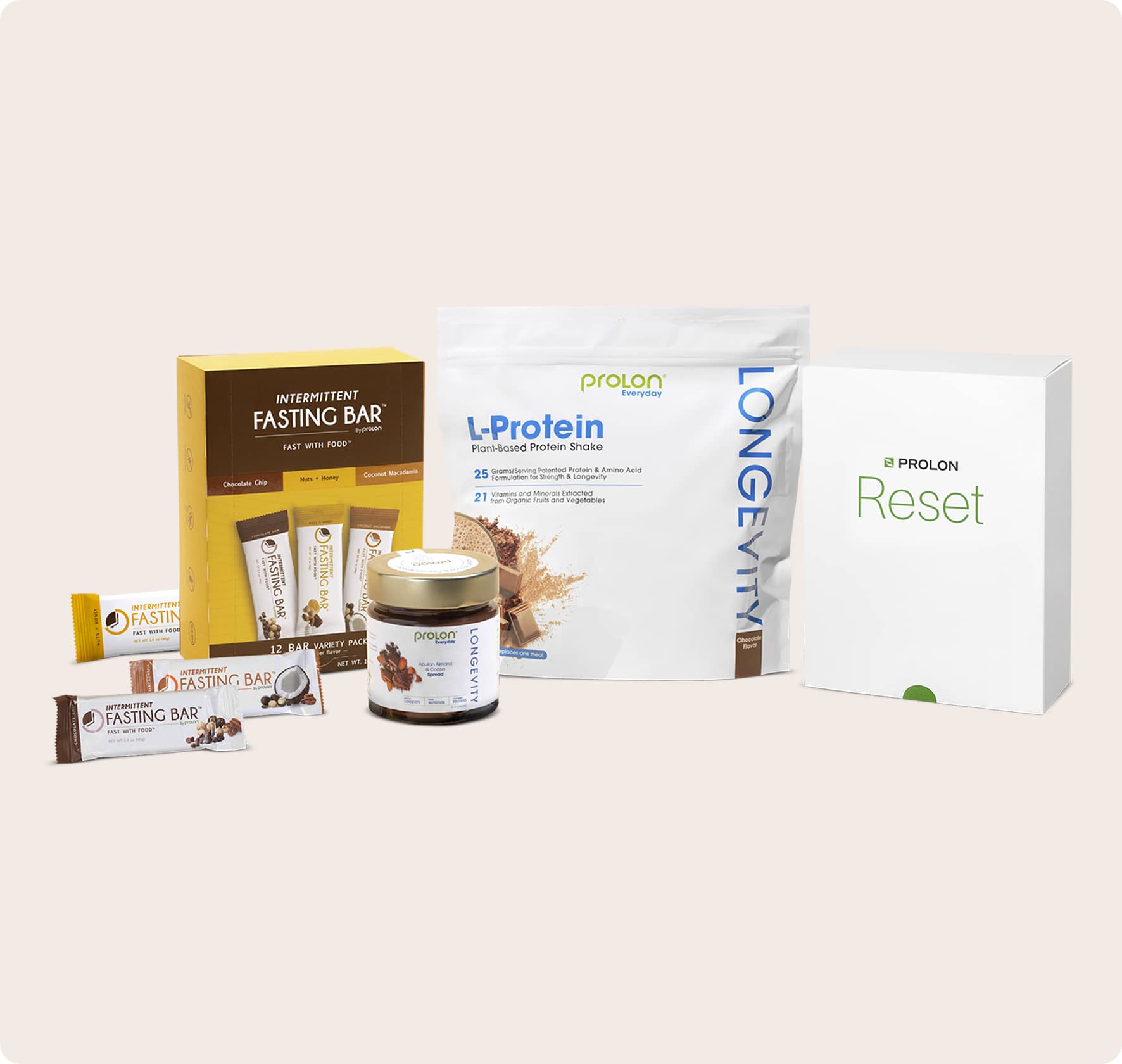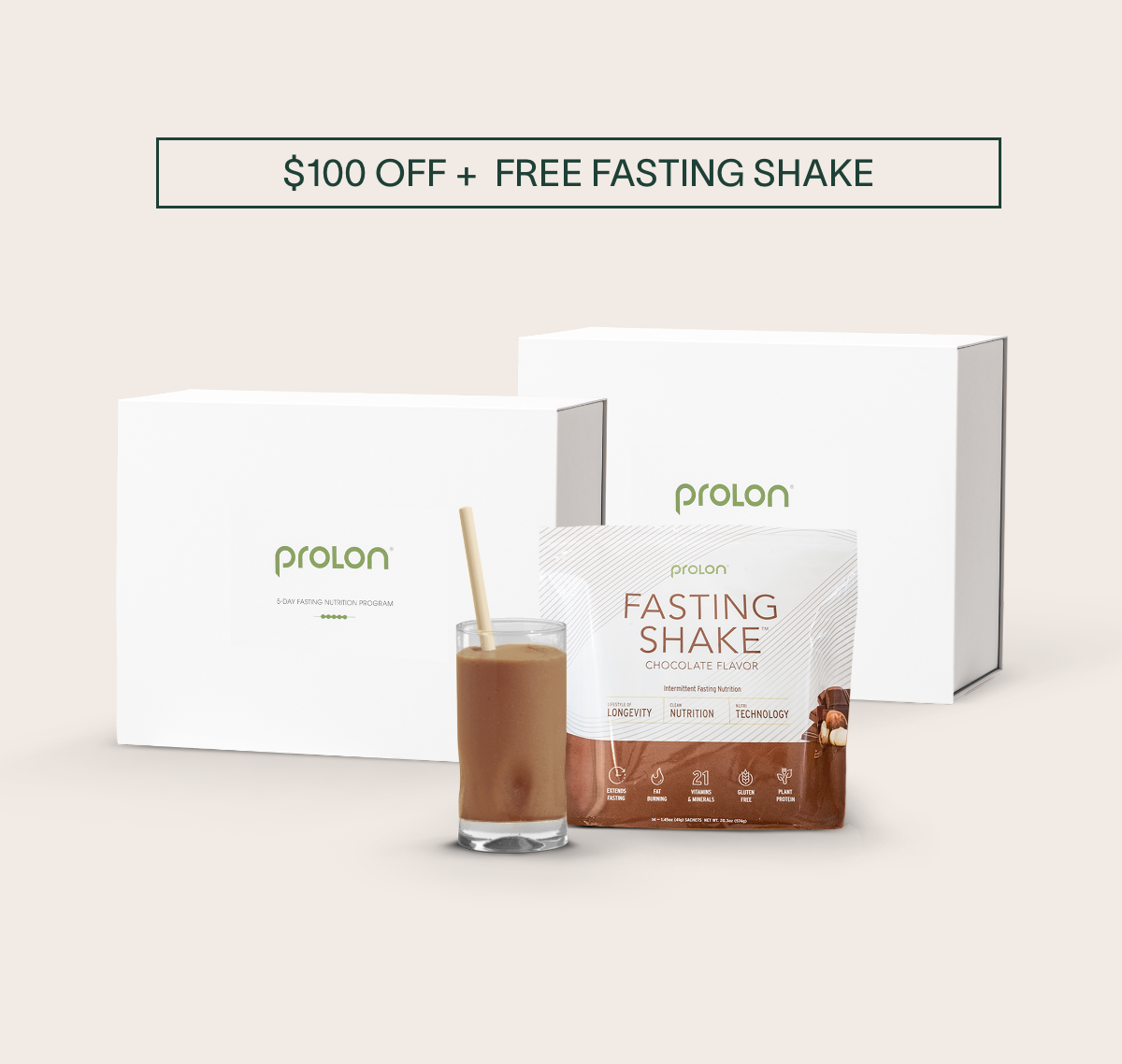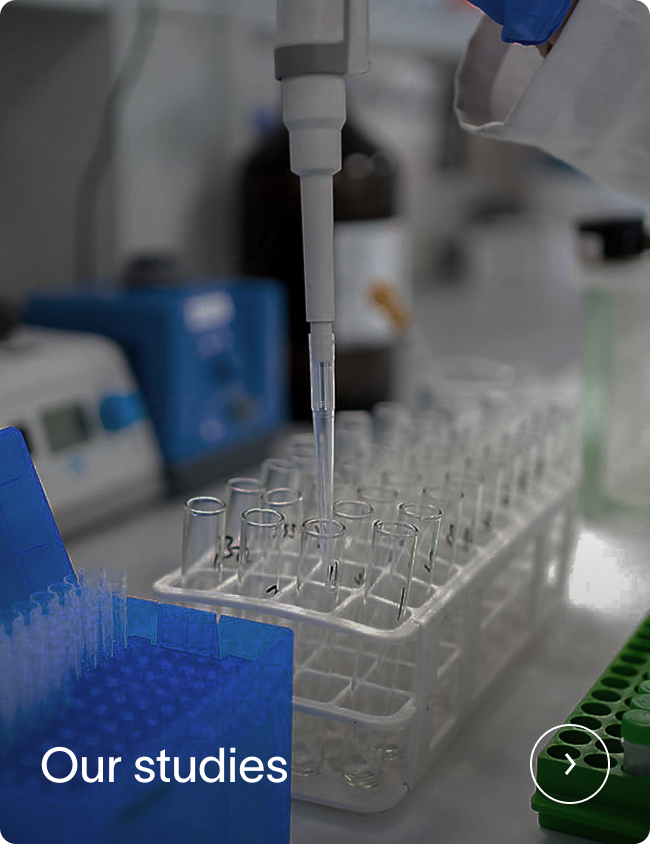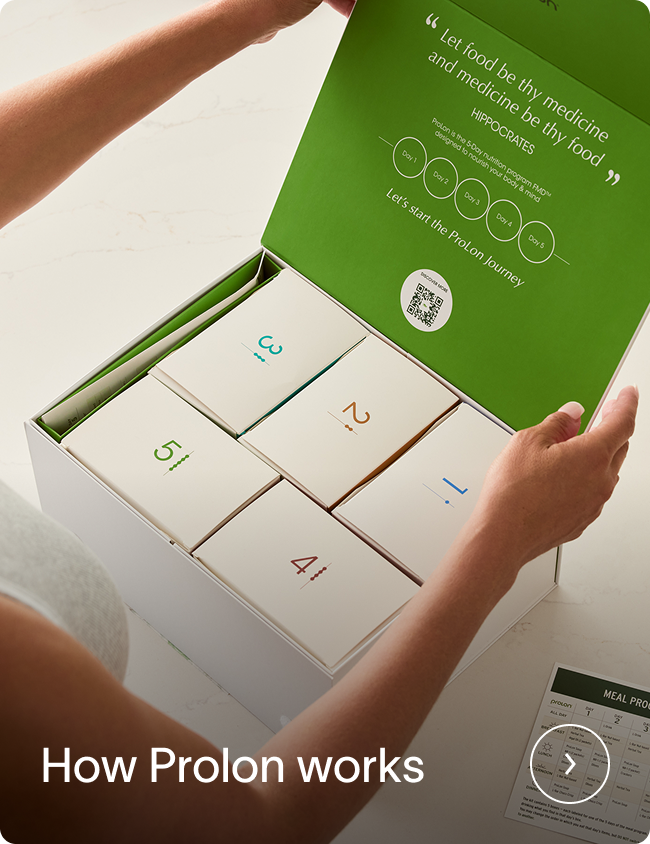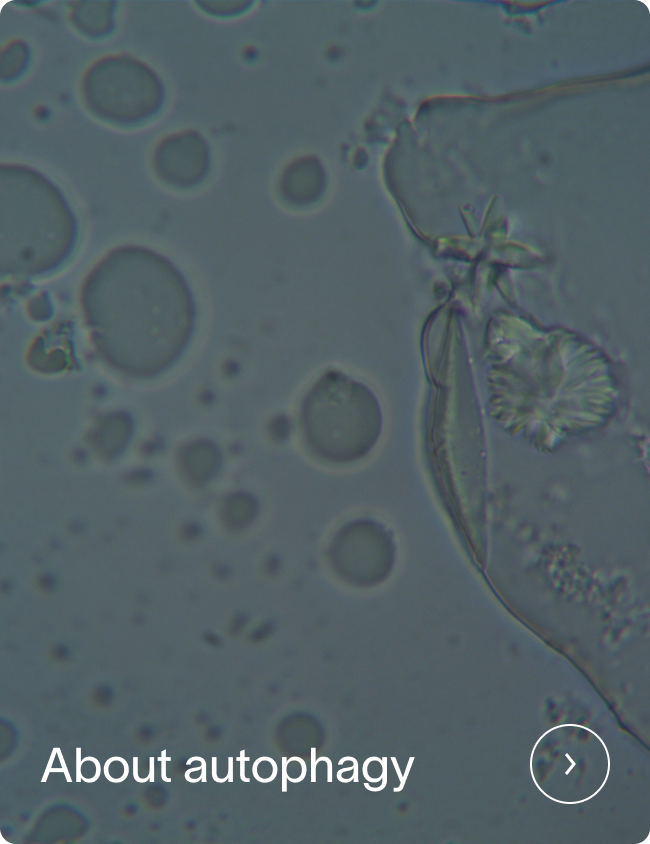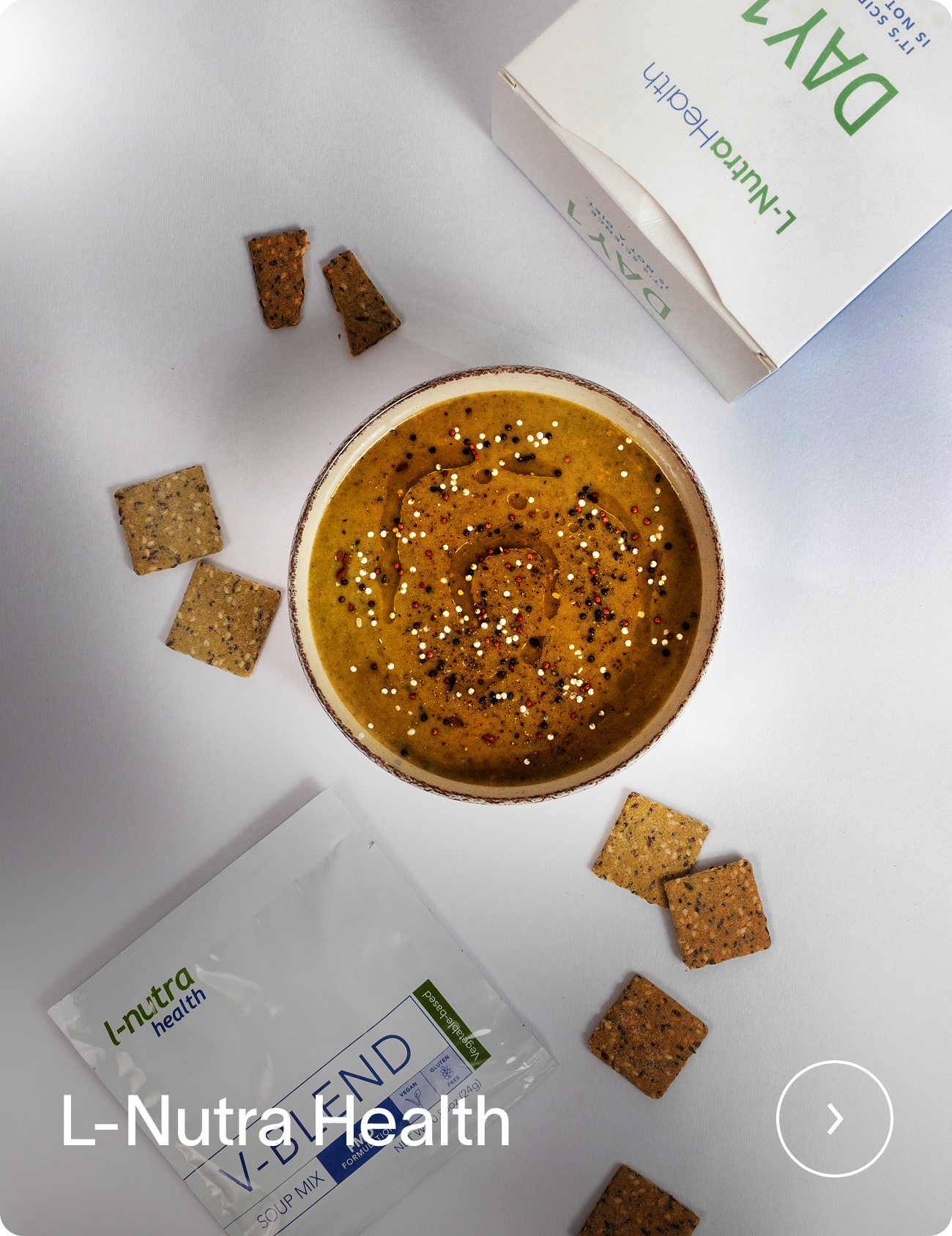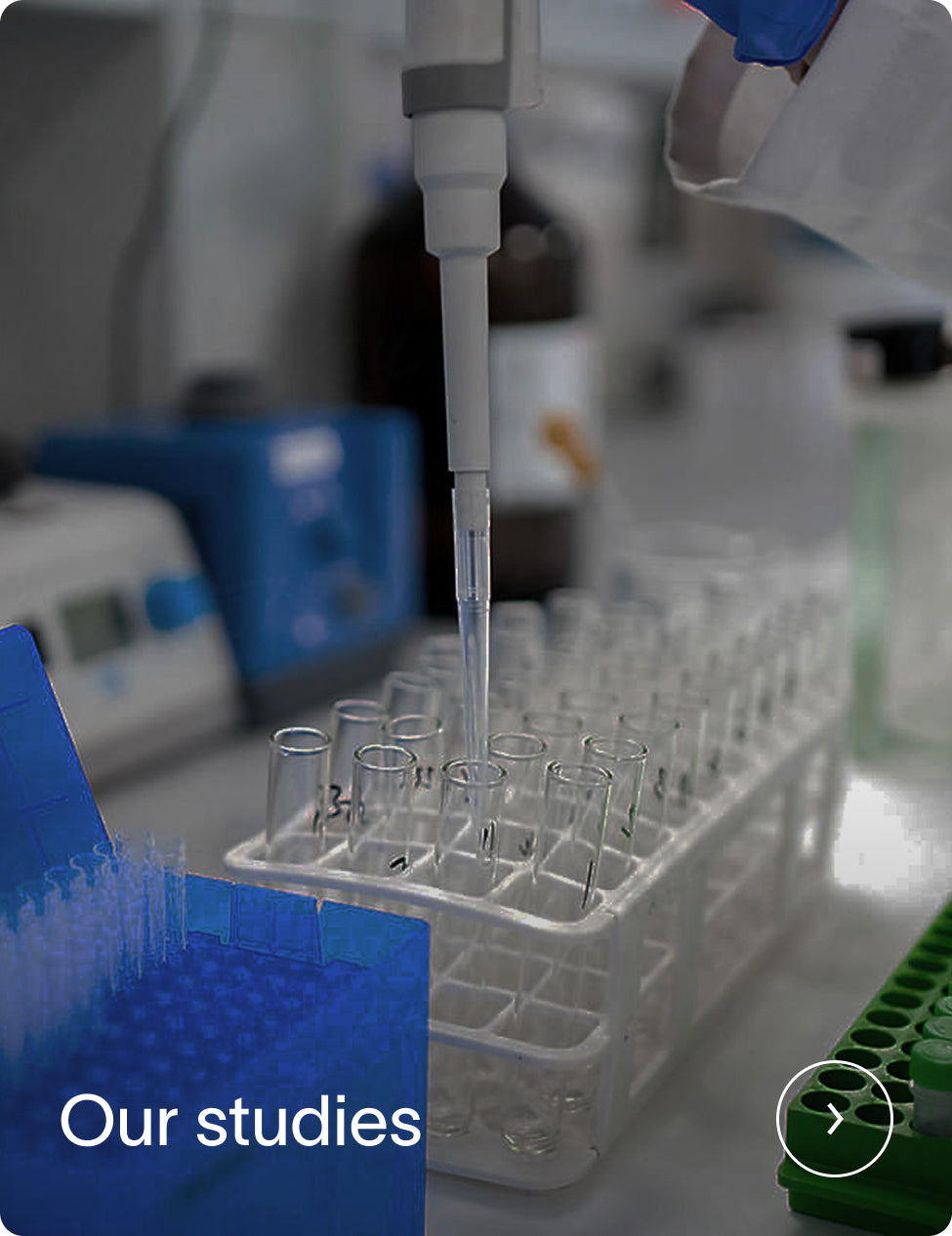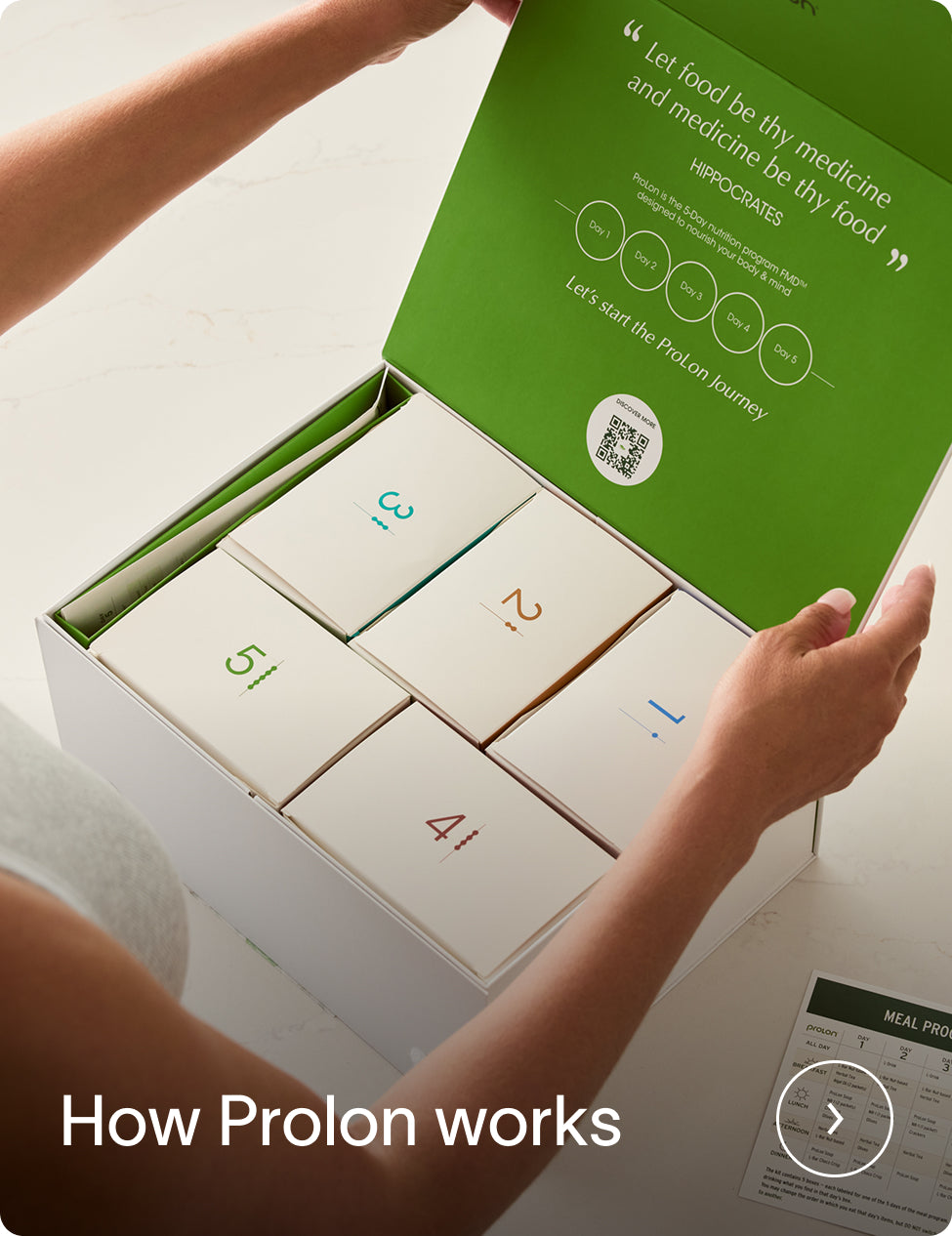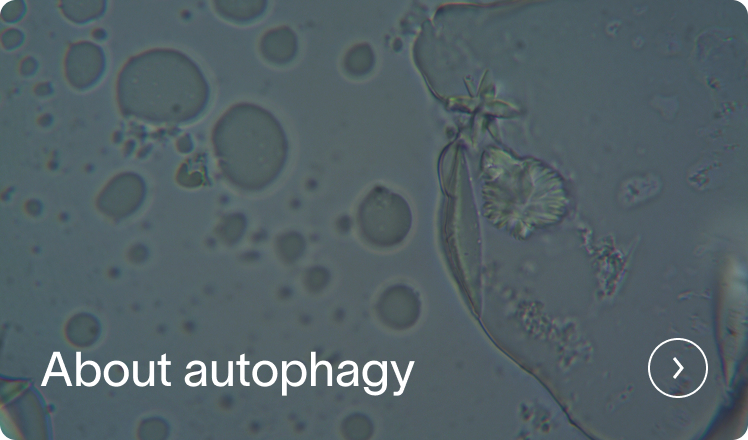Praising the benefits of fasting seems simple on the surface. Fasting is well known modality for achieving your ultimate health goals and even reversing the signs of aging. But truly knowing how and why fasting really works is far less understood and even less frequently articulated. Until now…
While there are several internal, biological mechanisms taking place during an extended fast, there is one process that is the reigning king – the most supreme of them all – that holds the key to fasting’s immense anti-aging and health benefits: autophagy.
Autopha… what?
Autophagy, derived from the Greek words "auto" (self) and "phagy" (eat), is a fundamental and necessary cellular process that your body utilizes to - quite literally - clean house. Think of it as your body's way of conducting a deep spring cleaning at the cellular level, discarding what is irreparable, and recycling what can be repaired. During autophagy, your cells remove and/or recycle damaged or dysfunctional components, such as proteins and organelles, ensuring that they are replaced with newer, healthier versions of themselves. It’s our body’s way of pressing the “reset” (potentially even “rewind”) button and is essential for maintaining proper cellular health and function.
But here’s the thing, even though autophagy is a natural and necessary process for healthy aging, it also isn’t easily triggered in the body. Not to mention, this life changing biological mechanism also becomes less efficient as we age. Yes, you read that right: we need autophagy more as we get older, but the process also doesn’t function as well because more internal sludge and cellular damage builds up over time, taxing this system and hindering it from working as well as it should. While this might seem like a rock and a hard place, it also offers us an opportunity to better understand how we can “manually” trigger autophagy in our body through nutritional and other lifestyle means. This will help to keep the internal damage from building up past the point of achievable return, helping us to slow down the aging process while also adding healthy years back onto our lives.
How is the process of autophagy triggered in the body?
To understand the power of autophagy, it’s important to understand one important fact: our body prioritizes digestion (the churning and turning our food into usable energy) over other processes, including cellular cleanup and autophagy. This means that autophagy is specifically blocked when we are eating or digesting food, as the pathways activated by food prevent autophagy from occurring. This biological evolution has allowed us to survive. After all, food is energy, and without it, we wouldn’t be able to move or think or (as with our early human ancestors) hunt for our food.
So, it’s safe to say that during our waking hours, when we are most likely to be eating food to sustain our bodies and lives, autophagy is not in motion. In fact, when we eat certain amounts of protein, carbohydrates and fat, our body’s nutrient sensing pathways called mTOR, PKA and IGF-1 will activate. These pathways are growth stimulating pathways that suppress autophagy’s functionality.
While certain levels of autophagy can be activated when we sleep, during certain exercise, or in the presence of certain phytonutrients like polyphenols (found in the colors of deep red, black and blue fruits, and veggies), the most powerful way to activate autophagy is to turn off these growth stimulating, nutrient sensing pathways. The Fasting Mimicking Diet (FMD) is currently the only program or product that has been able to show preliminary data confirming the activation of autophagy when on the fast. While larger and more comprehensive studies are still being executed, this initial data is game changing and is leading the helm of the power of autophagy in longevity.
How is autophagy measured?
Autophagy is exceedingly difficult to measure and is also a complicated process. Directly measuring autophagy can be intricate and often requires specialized equipment and materials that many researchers may not have access to. Because of its importance to health, a few universities have obtained substantial grants to purchase multimillion-dollar tools to measure autophagy. In a groundbreaking collaboration partnership with the University of Texas, ProLon is the first product ever to be able to clinically show and measure autophagy in humans. Rather than directly measuring autophagy, they used indirect measures that evaluate a crucial step in the process as a representation of autophagy. Early study results are showing that the FMD significantly increases autophagy by the end of the protocol. ProLon’s pioneering approach brings us one step closer to unraveling the secrets of autophagy and its benefits.
Autophagy levels fluctuate and then remain high after three days of prolonged fasting, which is a major focus of the FMD. Normally, after you eat, you have a rise in a hormone called insulin that helps pull glucose (sugar) into your cells to use as energy. The rise in insulin and growth factors from your meal are thought to suppress autophagy. This is where the FMD comes in because after about 3 days of fasting, these insulin levels diminish within our system, which promotes sustained higher levels of autophagy. (Merl et al., 2004) During these extended fasts, autophagy remains active throughout the day, ensuring prolonged periods of cellular cleanup. (Pfeifer & Bertling, 1977) It's a remarkable process that shows the incredible resilience and adaptability of our bodies.
So, by occasionally giving your body a break from food, you're allowing autophagy to work its wonders, promoting better cellular health, and potentially extending your lifespan. It's a powerful reminder that sometimes, less is more when it comes to nourishing your body for a longer and healthier life.
How Autophagy Has Been Triggered by Completing ProLon:
ProLon which is our (L-Nutra’s) flagship FMD product, is a five-day dietary program that has been carefully designed to provide your body with the benefits of a prolonged fast while also allowing some food to still nourish your body with essential nutrients. Here's how ProLon contributes to autophagy:
- Caloric Restriction: ProLon mimics the effects of fasting by reducing calorie intake, promoting a state of mild nutrient deprivation that triggers autophagy.
- Metabolic Reset: During the fasting-mimicking phase, ProLon encourages the body to switch to a state of ketosis, which further promotes autophagy.
- Cellular Renewal: ProLon's unique combination of macronutrients and micronutrients supports the body in cleansing and rejuvenating cells, contributing to the autophagy process.
How Often Autophagy Should Be Triggered Each Year to Elongate Life:
The frequency at which you should trigger autophagy with ProLon or other methods may vary depending on individual goals and circumstances. However, a general guideline is to consider periodic fasting or a Fasting Mimicking Diet like ProLon several times a year. In fact, research shows that pursuing ProLon 3x a year (that’s a total of only 15 days) is enough to maximize the benefits of fasting in an otherwise healthy individual. This approach allows you to regularly activate autophagy, providing your body with the benefits of cellular rejuvenation and enhanced health.
Autophagy is not just a buzzword in the world of longevity and health—it's a fundamental cellular process that holds the key to a longer and healthier life. ProLon, with its scientifically designed fasting mimicking diet, offers a powerful tool to kickstart autophagy, leading to cellular renewal and improved overall well-being. By integrating ProLon into your health regimen as little as three times a year, you can unlock the potential for a longer, healthier, and more vibrant life.
